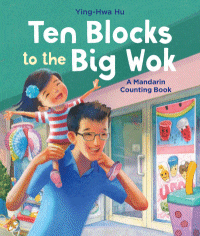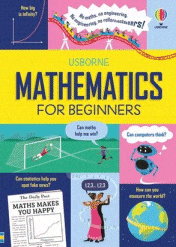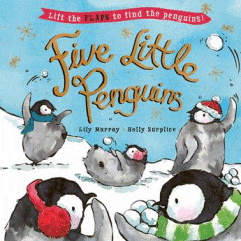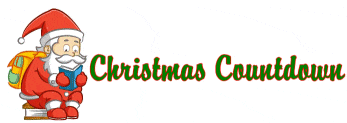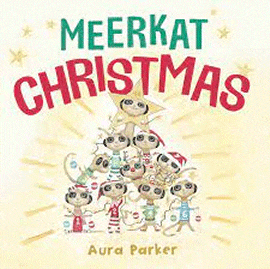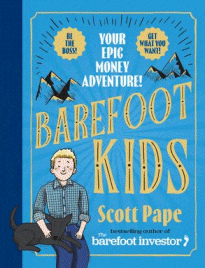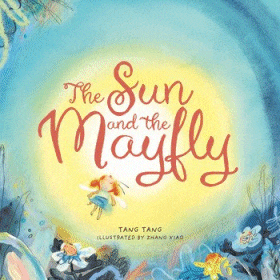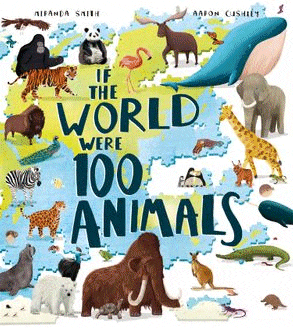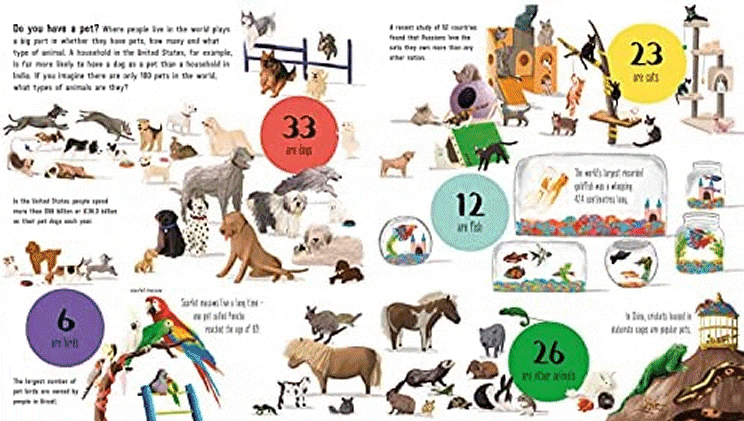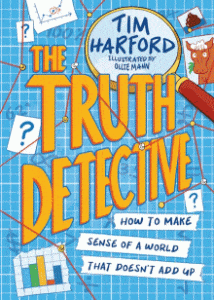
The Truth Detective
The Truth Detective: How to make sense of a world that doesn’t add up
Tim Harford
Ollie Mann
Wren & Rook, 2023
192pp., pbk., RRP $A22.99
9781526364579
In this evolving digital world where global connections are instantaneous and your money, even your identity, can be stolen with a few clicks of a mouse in any corner of it, more and more we need to teach our students to be critical thinkers and the Australian Curriculum strand of Critical and Creative Thinking has never been more important.
But with Australians alone losing more than $3 100 000 000 to scammers in one year, it seems it hard enough to teach the adults let alone young ones who are only just emerging from childhood and its acceptance of all that is told to them, who are only just being mature enough to view things from another’s perspective or put themselves in another’s shoes, who are just learning to think logically and analyse according to what they already know and believe. Young people who are perhaps experiencing the freedom of fewer restrictions on their digital footprint and for whom the timeless message of “stranger danger” is relegated to not talking to people they don’t know in the park and seem to be okay with posting personal information and photos on unknown, unmonitored platforms for the brief gratification of some likes from strangers.
So this is a timely book that needs to be in school and home libraries and shared and discussed. Not because it teaches about being safe online, although that would be a desirable outcome, but because it gives the reader the tools and tips, strategies and skills to be critical thinkers. To not necessarily take everything at face value but to ask the core questions such as
- Does this idea make sense?
- Does this story conflict with something I already know to be true?
- Does this fact come from a trust worthy source?
- Does the person telling me this seem friendly and confident?
- Do I want this idea to be true?
- Does this story make me feel something like fear or joy?
- Is this a cool story?
- What evidence supports this?
- What evidence is missing?
- What does the evidence teach us?
Using real life examples, the author shows the reader how to analyse the situation using the data and asking the right questions using an entertaining formula and format that is very readable. For example, he demonstrates how a magician’s trick of tossing a regular coin and getting ten heads in a row is more about the missing evidence rather than a lucky streak; how the famous “fairies at the bottom of the garden” photographs that fooled even the experts of the time were clearly fake; even how Florence Nightingale who started a revolution with a pie chart.
So, even though as teachers and teacher librarians we can teach our students to be sceptical, to ask certain questions and test websites and so forth for accuracy, authority, currency, objectivity and relevance, such concepts and skills are often taught in isolation and the power of this book is that actual events are put under the microscope and through logical analysis the truth is revealed. If “information is the best weapon” then we must give students the tools to test the information – and this book does this so well by encouraging the collection, analysis and comparison of data giving context to all those maths lessons about statistics and probability and so forth, such as determining if there is actually a connection between playing a “violent video game” and “violent behaviour”. so the examples are right in the student’s world.
The publisher’s blurb asks questions such as Did you know that a toy spaceship can teach you about inflation and that a pooping cow can show you how to invest your pocket money? but, wearing my educator’s hat, there are much more important lessons to be learned from this book and that’s why, IMO, it’s a must in the teacher’s toolbox .

